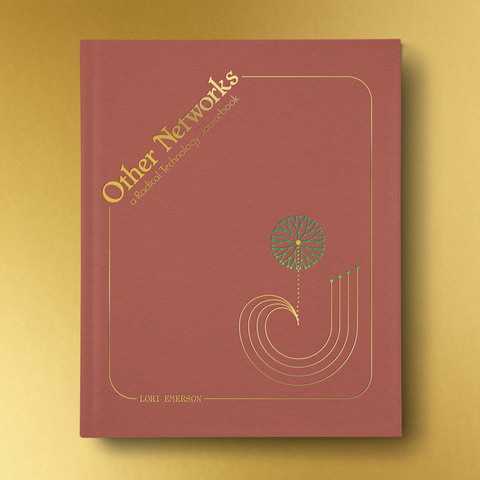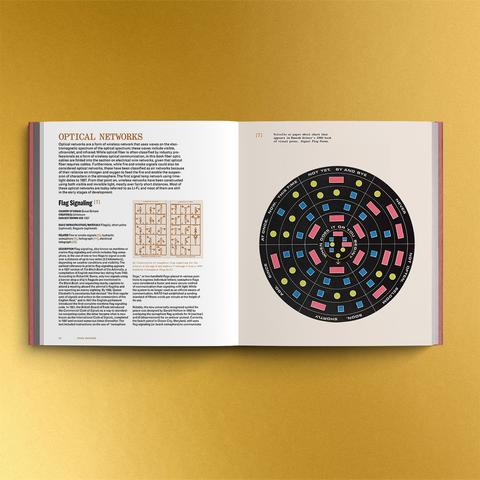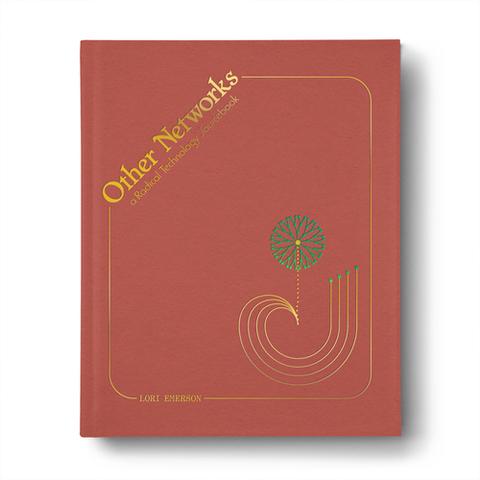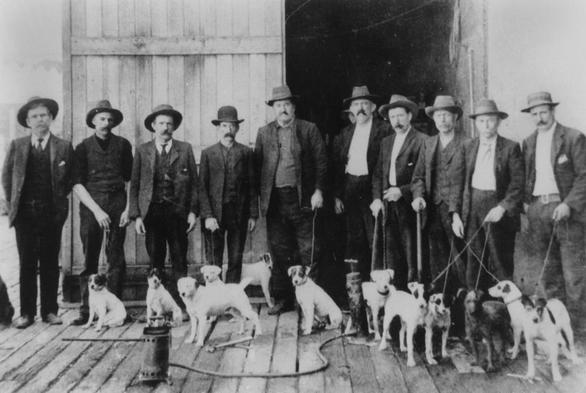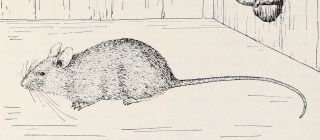You’ve Been Lied to About Rats and the Black Death
Rats have long been associated with and blamed for the spread of plague, a disease that has killed over 200 million people throughout the past two millennia. The Black Death, a bubonic plague pandemic, is estimated to have resulted in the death of nearly 50% of Europe’s 14th century population, making it one of the deadliest disease outbreaks in human history. However, emerging research suggests that rats may not have played a central role in the outbreak and transmission of plague. The historical attribution of plague’s spread to rats was neither an incidental nor trivial occurrence; instead, it had important and serious sociopolitical consequences that should not be overlooked. What exactly is plague? Yersinia pestis, a gram-negative bacterium, causes the infectious disease known as plague. Plague has three different forms (bubonic, septicemic and pneumonic), each of which affect different parts of the body. Although people mostly talk about the Black Death, plague killed millions of people through three distinct pandemics in human history: the First (541-750s), the Second (1346-1700s, beginning with the Black Death), and the Third Pandemic (1855-mid-20th century). Traditionally, rats have been blamed as the main culprits responsible for the outbreak and spread of plague. Rats, along with other rodents, can become infected with and harbour Yersinia pestis without becoming seriously ill. This implicates them as potential reservoirs of plague–in other words, hosts that allow the bacteria to survive and proliferate. When fleas bite these infected rats, they also begin to carry the disease. As such, rats and their fleas were widely viewed as the main vectors of plague, spreading it to humans by biting them. However, recent research is increasingly suggesting that rats may not have played as key a role in plague epidemics as previously thought. In their 2018 study, Katharine Dean et al. utilized mathematical models to study three possible routes of human plague transmission: infected rat fleas biting people, infected human fleas biting people and people directly infecting others via coughing and vomit. These researchers decided to focus on and distinguish human fleas due to the fact that rat fleas are known to prefer to bite rats. Theoretically, if a human flea became infected after biting an affected person, they could transmit the disease by also biting other people living in close proximity. Each of these models predicted different patterns of disease-induced death; for example, if the disease spread mainly through direct person-to-person transmission, we would expect a sharp, short-lived spike in deaths. Conversely, if rat fleas were mainly spreading plague by biting humans, we would expect a reduced number of deaths sustained over a longer time period. When comparing the results of their mathematical models to the mortality data recorded from nine different Second Pandemic outbreaks, the authors found that their human parasite model fit best. In other words, their findings suggest that human fleas and lice, not rats or their fleas, were primarily responsible for spreading plague during the Black Death. Other research has corroborated these findings; studies by Nils Stenseth et al. (2022) and Anne Hufthammer (2013) have indicated that the environmental conditions in Europe could not have permitted the survival of long-term animal reservoirs, suggesting that black rats may not have played a central role in the rapid spread of plague seen in the Black Death. Historically, rats have been strongly associated with plague, and have since become vivid symbols for illness, darkness, squalor and decay. They are, for example, famously portrayed as harbingers of the plague in Albert Camus’s 1947 absurdist novel La Peste. Through his uncanny depiction of them, Camus effectively established rats as symbols of a surreal and nonsensical calamity that served as an allegory for fascism. Naturally, this raises a question: if rats only played a relatively minor role in the spread of plague, how did they come to be widely depicted as the primary transmitters of the disease? The idea that plague spreads from rats to humans was not always prevalent–in fact, prior to the mid 19th century, rats were seen as simply being infected alongside humans. Through a thorough historical investigation of primary sources from the Third Pandemic, medical anthropologist Christos Lynteris was able to determine when the concept of rat-to-human plague infection was introduced for the first time. In 1874, the French bishop Joseph Ponsot wrote a letter notifying the Society of the Propagation of the Faith (which backed global Catholic missions) of a catastrophic epidemic in the Chinese province of Yunnan. This letter was then widely circulated after it was published in the main publication of the Society of the Propagation of the Faith—however, the published version contained major changes compared to the original manuscript. Notably, unlike the original letter, the publication clearly stated that rats could not only become infected with plague but also spread it to humans. Lynteris contends that historians and life scientists have taken these kinds of historical sources describing plague transmission at face value, thus treating them as objective pieces of epidemiological evidence without regard for historical context. As any good historian will tell you, primary sources must be analyzed within the context of the perspectives and motivations of those who created them. Keeping this in mind, Lynteris argues that the image of a plague-spreading “staggering rat” was not intended to factually describe an observed mode of disease transmission but was instead aimed at depicting the Third Pandemic as a discordant, all-encompassing disaster that transgressed the natural order. This depiction was used to justify and promote colonialism and religious conversion, which—in the view of those disseminating this outbreak narrative—were the only possible solutions to this catastrophe. What can we take away from all of this? The emergence of the rat-to-human transmission model during the Third Pandemic—which underlined an “end of the world” narrative used to further colonial agendas—makes it abundantly clear that the stories we tell about how diseases break out and spread have important consequences. As the COVID-19 and HIV/AIDS pandemics have also shown us, these narratives can either exacerbate or mitigate the stigmatization of individuals, groups, cultures and lifestyles. They also influence how both scientists and the general public perceive the threat and nature of infectious diseases, thus affecting how they respond to them. Science does not exist independently of society; rather, it is shaped by and deeply intertwined with our beliefs, values and worldviews in a complex and intricate way. David Popa is a U3 student at McGill studying Anatomy and Cell Biology with a focus on membrane trafficking, embryology and neurobiology. He is passionate about communicating important biological concepts related to human health in an accessible and engaging manner. Part of the OSS mandate is to foster science communication and critical thinking in our students and the public. We hope you enjoy these pieces from our Student Contributors and welcome any feedback you may have!


